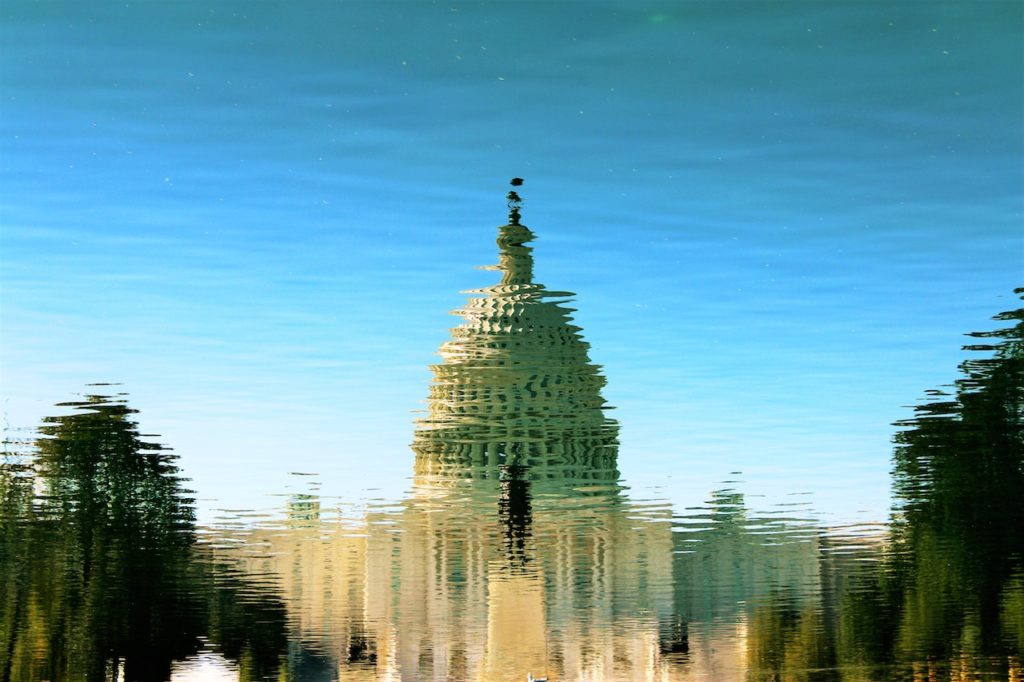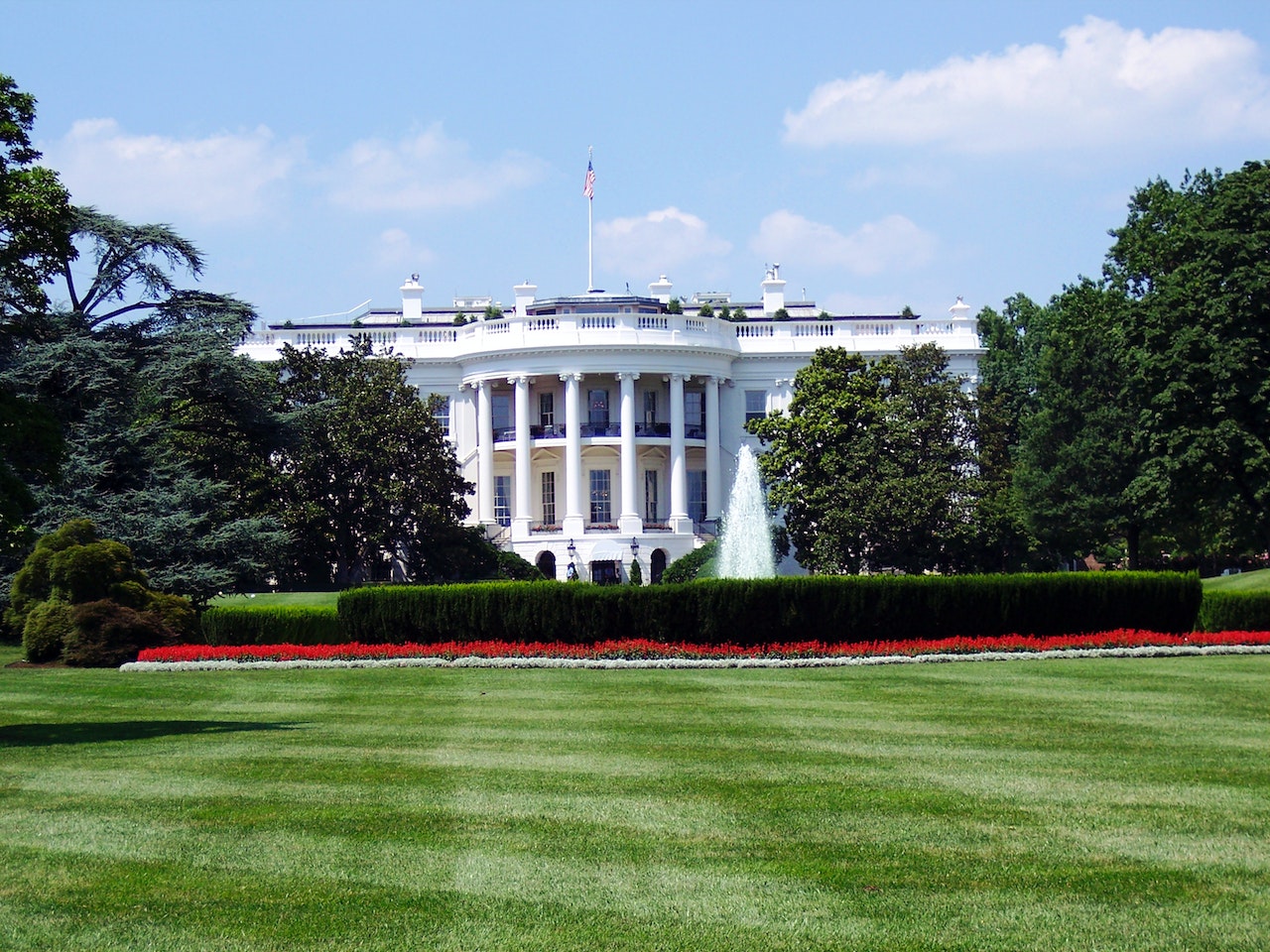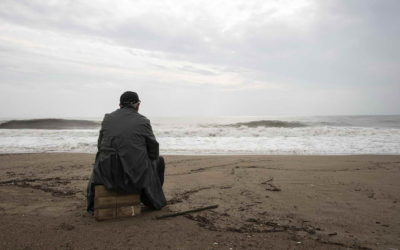If you follow any US Presidential election, you have most likely heard about the “Electoral College”. It’s not a well-understood process even in the United States. And it is once again making the news as the nation gears up for the 2024 Presidential Election. Mostly, people want to get rid of it, as it seems like an unnecessary step in the election process.
Yet the U.S. Constitution requires it.
With that in mind, we’ve created a little explainer about this odd bit of the election process. Whether you are an American or simply are interested in U.S. politics, we hope that this quick look at the Electoral College will provide enough perspective to understand its origin and the role it plays in today’s presidential elections.
What is the Electoral College?
It’s not a place, educational institution, or building. It’s an old-fashioned way of saying “group of people who elect other people”. In this case, the electors are groups of people from each state and Washington DC, and the people they will be electing are the President and Vice-President of the United States.
That is what the Electoral College actually is: a group of people who decide, through their own voting process, who will be the next president and vice president of the United States.
How does it work?
The Electoral College is basically the closing act of the election process. After months (or years) of campaigning, the national election finally takes place. Citizens vote in their states for who they think should be president. (Today, candidates for Vice President are just along for the ride. It wasn’t always like that, either)
After the citizens’ votes are counted and a winner is determined, the totals are then certified by the state. These are what is known as the “popular vote”. Not popular as in “we like him” but popular as in “population”. All added up, this is the number of votes that each candidate receives across the country.
But it doesn’t end there.
In practice, each state and the District of Columbia get to select their own group of people who meet and vote for President and Vice President. These people are called “Electors” and form the “Electoral College”. These meetings usually take place at each state capitol building. The elector votes are then certified by state governments and sent to Washington D.C. where they are read aloud in a joint session of the House and Senate and officially tallied.


The number of electors awarded to each state is based on the number of House Representatives they have in Congress plus 2 for the Senators. At the minimum, each state (and Washington DC) is given 3 electoral votes. For example, based on the 2020 census, California gets 55 votes (2 Senators + 53 representatives in the House of Congress) whereas a state like Wyoming only gets 3 (2 Senators + 1 House representative).
To win the presidency, a candidate must get over 50% of those votes. Today, that works out to be 270 Electoral College votes out of a potential 538. Since the presidential election is based on electoral votes, it allows a candidate to have fewer popular votes overall, and yet still win the election.
Because each state is its own entity, candidates have to win enough states to get enough electors to get them to 270 or more. The term “Win by a landslide” is only properly applied to electoral college totals, not popular votes. When you get a LOT more electoral votes than your opponent, you have won by a landslide. For example, Lincoln won 90% of the electoral votes in 1864. Yeah, that’s crushing it.
Think of Baseball’s World Series. Teams that win 4 out of 7 games win the title. It doesn’t matter how many runs they score over the course of the series; only the number of games won matters. A team could win games two and three with a score of 100 to 1 in both, and lose games one, four, five and six each night 2-1. They still lost the World Series because the other team won 4 games. It doesn’t matter that they outscored the opponent 204-10 over the course of the series.
Why did the Founding Fathers put this into the Constitution?
This seems like a way to take a very simple process and make it complicated. Why not just count the votes of the people, do some simple math, and determine who got the most? Easy Peezy, we have a winner.
As it turns out, there are a number of reasons the Electoral College was created by the Founding Fathers of the United States. The first is that, up to that point, the US Constitution wasn’t going to get done until they figured out a compromise. Some of the founders wanted votes from the people to count directly while others did not.
The anti- popular vote group feared that the direct election of the President would lead to some very bad things. First, there was the question of whether the average person was informed enough to make a good decision. Second, they worried that direct voting would lead to a “mob” mentality; that, while Democratic in its purest sense, would be detrimental to the country in the long run. Third, this group was determined to prevent anyone from becoming a populist leader, who could amass devoted followers through their charisma, promises, and who knows what else, and effectively reshape the laws in the United States with no one able to stop them.
The group that wanted the popular vote to count had good reasons, too. Their fear was that allowing the House and Senate to choose the president and vice president would lead to scheming and collusion to elect the president. They didn’t want representatives in the House or Senate being influenced and promised favors by the candidates.
And to be clear, neither group wanted everyone to vote either. No matter how it went, voting was preferably restricted to white, male landowners in the beginning.


At its core, the Electoral College is a compromise. It’s the sort of thing where no one is really happy, but maybe that means the Founding Fathers were on to something. Plus, they lived in a world where the “United States” was more concept than reality. No one was directly electing leaders in the Western world in the 18th century. It was a novel idea. “Who made you King? I didn’t vote for you!” just wasn’t a thing back then.
How are electors chosen today?
The electors themselves tend to be people high up in either the Republican or Democratic party within the state. Being chosen by the party to be an elector is a sort of reward for loyalty, help, contributions, etc. Essentially, at the start of the election, you have two groups of electors ready to go. One for the Republicans and one for the Democrats.
Historically, groups of electors were chosen by a “Winner takes all” approach to state vote tallies. Whoever wins in that state will get to have their bunch of electors vote for them in the electoral college vote–the one that really counts. In this system, a candidate could win by 1 vote, but that means they win all of the electors.
Some states have started dividing their electoral votes up so they more closely resemble the popular vote. The US Constitution largely allows the states to determine how they want to divide up their own electoral votes.
Once the state counts all the citizens’ votes and determines who “won”, the winner’s slate of electors (remember, there are two groups ready to go) is chosen to vote in the Electoral College vote, where we get to see who they voted for. This pretty much ensures that the winning candidate will always get the votes.
It is possible for electors to switch their votes and vote for someone else. This is known as a faithless elector. They may face repercussions at the state level, but the Constitution does allow them to vote for whoever they want!
Now, that might sound weird. But in the end, those who wrote the Constitution wanted a system where there was one last check, one last opportunity to keep someone harmful to the United States out of office, even if the masses chose them. Today, being an elector is largely ceremonial and fulfills the rules laid out in the Constitution, but every once in a while a faithless elector does make an appearance. In 2016, for example, there were 10 who were faithless or tried to be.
What are the benefits of the Electoral College?
There is one big benefit, and its importance often gets lost in the hubbub. The Electoral College keeps individual states and regions relevant to the election. It forces candidates to campaign across the country and not simply focus on regions with a lot of people who share the same political ideology.
Let’s compare the largest state, California, to one of the smallest- Wyoming.
California has 55 electoral votes while Wyoming gets 3. That’s a pretty big advantage. It works out to about 18x the voting power of Wyoming. However, if votes were determined simply by population, California’s 39,000,000 people give them 67X the voting power over Wyoming’s sparse 578,000 citizens.
States being treated as individual political entities has deep roots in the US Constitution. By forcing candidates to engage with states and regions, the population of each state has a say in determining the next President.
Typically, the citizens of a state have concerns and issues they wish to see addressed by the winner of the election. In some cases, they share those issues with a lot of other people in other states. Or, sometimes an issue can be very specific to a state or group of states. It wouldn’t register in a popular vote but, because the candidate has to win each state, they have to make the voters in each state happy. It’s why states like Michigan, Pennsylvania and Wisconsin can end up being the ones that decide the ultimate outcome of the election.
Popular voting, taken to the extreme, would mean that a candidate just has to promise the world to the three largest states, and they could effectively ignore everyone else.
There is also the fact that the Electoral College’s functions are written into the US Constitution. The only way the US is getting rid of it is through a Constitutional Amendment. Do you think getting through to customer service at the DMV is hard? Try passing an Amendment.
Should we get rid of it?
Outside of the practicalities of passing an amendment to the Constitution, there is a call for retiring this process. This tends to get louder when a candidate wins the popular vote but loses the electoral vote.
Today, the reason that liberals are shouting about how much they want majority rule is largely due to the fact that Hillary Clinton got more votes than Donald Trump in 2016. And it’s not the first time the Republicans have benefitted from the Electoral College, either. George Bush won the presidency with an electoral college win over Al Gore who got more individual votes. But which side of the keep it/scrap it issue people are on tends to be related to the last time they came out on the losing end. Democrats and Republicans will quickly switch sides in this debate if they feel the shoe is likely to end up on the other foot.
And that’s the point. It was never going to be a perfect system. When the Founding Fathers came up with this compromise they knew it wasn’t always going to work elegantly, or even well. Yet it’s likely safer than majority rule.
People tend to forget that “a majority” is only “half+1.” Majorities can work to erode laws and rights that benefit their opposition, even if the split is narrow. It doesn’t take long to find out that majorities which have no checks and balances are dangerous. They trample minority opinions and ideas, and they ultimately lead to authoritarian and despotic leaders.
States do have the ability to make some modifications to how they choose and allocate electors, and that’s probably the easiest and most logical place to make some changes. However, the United States was never a country built on the idea that one person equals one vote. As the country has evolved and moved down that path, it turns out that the Founding Fathers might have created something flexible enough to remain relevant through all the changes of time. It doesn’t hurt to pump the brakes every once in a while.
If you would like to know more, and go deeper into the ins and outs of this uniquely American Institution, you can check out this site hosted by the U.S. National Archives.





0 Comments